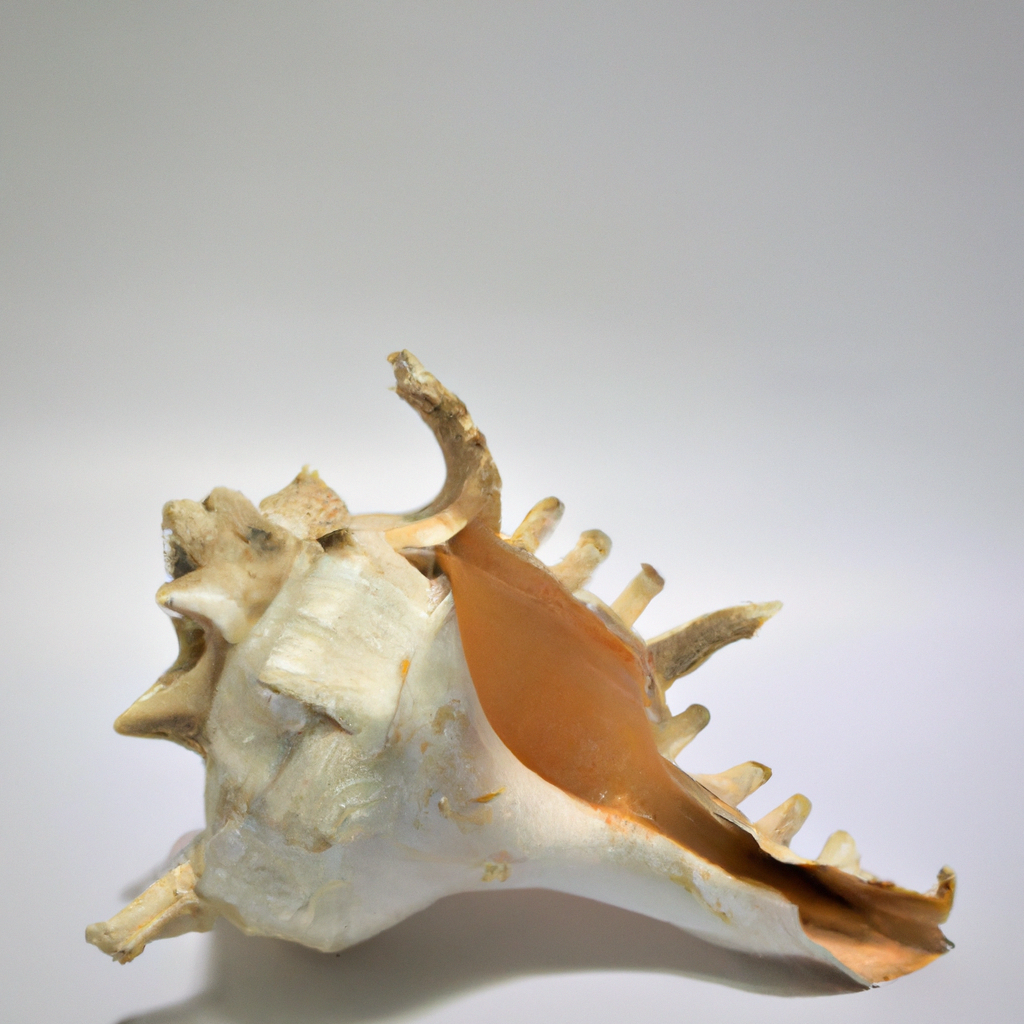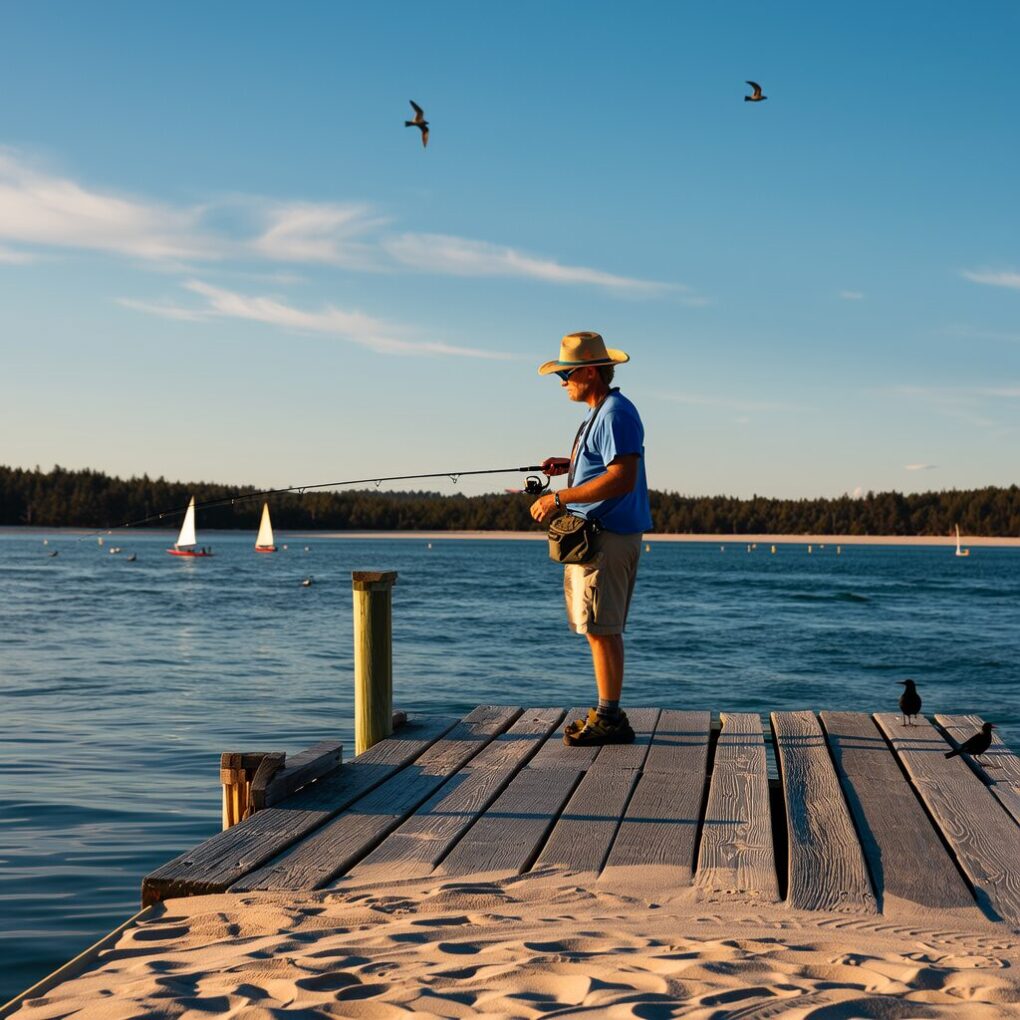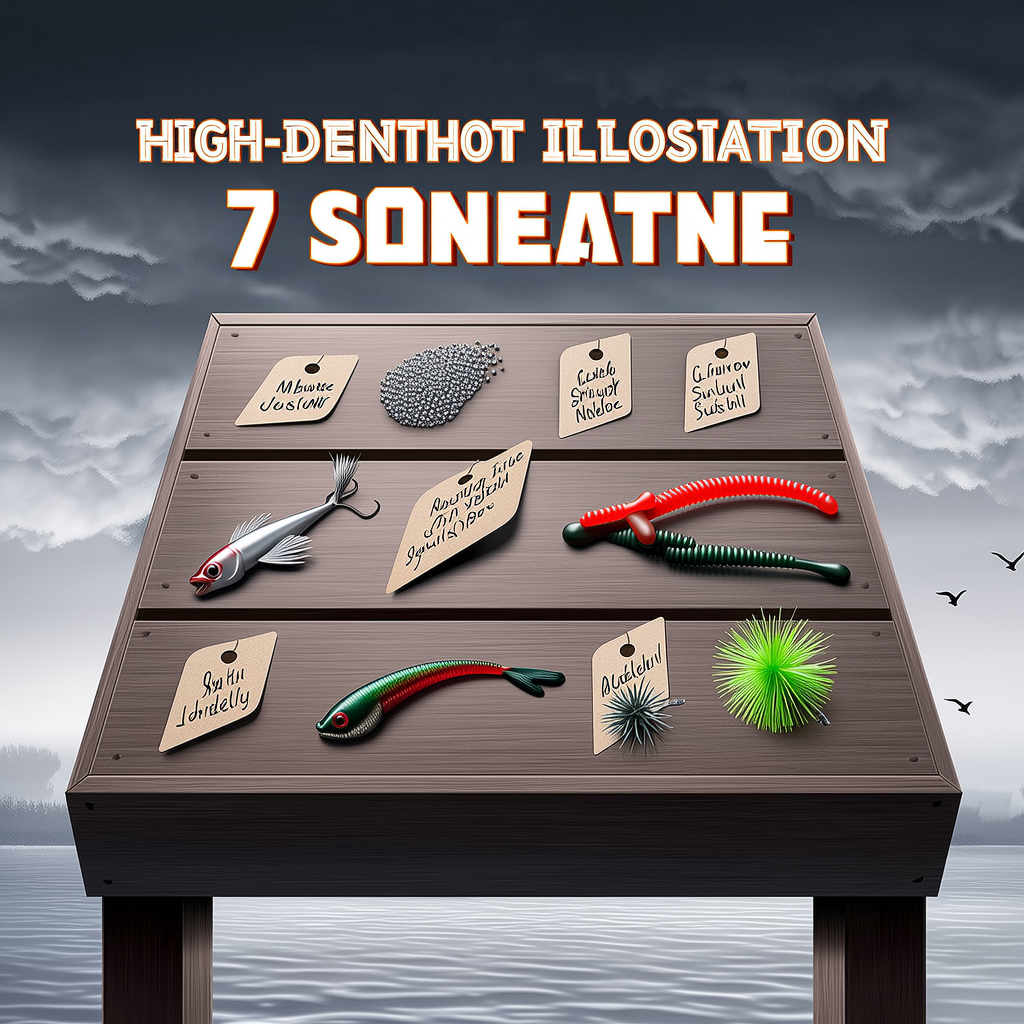Introduction
Conch fish is also known as queen conch. It lives in the warm Caribbean Sea and Gulf of Mexico. Conch fish are highly prized for their meat and shells, and for their unique appearance. In this article we will explore various aspects of the conch fish including its habitat, physical features, behavior, as well as the importance it holds in marine eco-systems.
1. Habitat
Conch fish are found primarily in shallow seagrass beds and coral reefs. They can also be found on sandy or muddy bottoms in tropical and subtropical areas. These marine creatures prefer calm waters with temperatures between 25 and 30 degrees Celsius. Conch fish populations are most abundant in the Caribbean Sea and Gulf of Mexico.
2. Physical Characteristics
Conch fish are characterized by an elongated, spiral-shaped shell that measures around 30 centimeters. The smooth, sturdy shell protects the soft-bodied creature inside. The outer shell is usually pink or cream colored, while the interior lining is mother of pearl with shades of pink, white, and purple. The conch fish, when mature, can weigh up 2 kilograms.
3. Behavior
Conch fish spend the majority of their time in the sand, or moving along the seafloor. They can detect food and predators at a distance of up to a mile away. Conch fish are herbivorous, and they feed primarily on algae, seagrasses and detritus on the ocean bottom.
4. Reproduction
Conch fish are male and female. Reproduction occurs by external fertilization. During the mating season (which usually occurs during the warmer months), male conchs release sperm in the water to attract females. The eggs are fertilized by external fertilization and hatch into tiny larvae after about a week. The larvae go through several stages before they settle on the ocean bottom as juvenile conchs.
5. Economic Importance
Conch fish are a vital part of the economy in many Caribbean countries. Their meat is a staple of the local cuisine and is highly prized. The shells can also be used to make decorative items, jewelry and musical instruments. This contributes to the tourism and handicraft industry. Conch populations have declined due to excessive fishing and habitat destruction. This has led to the implementation of strict regulations to protect this species.
6. Ecological Importance
Conch fish are considered to be a keystone species for many marine ecosystems. Their feeding habits regulate the abundance and balance of seagrasses, algae and other organisms. They are an important source of food for predators like turtles, rays and certain species of fish. Conch fish population loss would disrupt the delicate web of food, affecting the entire ecosystem.
7. Conservation Efforts
Many Caribbean countries and international organisations have implemented conservation measures in order to protect conch populations due to overfishing. These measures include strict fishing laws, limiting fishing seasons, quotas and protected areas. They also promote sustainable fishing practices. Conservation initiatives are designed to ensure the long term survival of these iconic animals and maintain the balance in the marine ecosystem.
8. Cultural Significance
Conch fish holds significant cultural value for Caribbean coastal communities. They are not just a source of food and income, but also play a vital role in the celebrations and rituals of many Caribbean communities. Conch shells can be used as musical instruments and their distinctive sound is associated to cultural events and festivals. The conch fish represents unity, resilience and the rich maritime history of these communities.
9. Threats and Challenges
Conch populations are threatened by a number of factors that threaten their long-term survival. Overfishing and illegal harvesting are reducing conch populations. This has led to localized extinctions. Coastal development, climate change, and pollution are also significant challenges that affect water quality, habitats for seagrass, and levels of ocean acidity. These threats highlight the need for comprehensive conservation plans to protect conchs and their habitats.
10. Research and Study
Scientists and researchers study conch fish in order to better understand their life cycle and reproductive biology as well as their ecological role. They gather information about the size, distribution and health of conch fish populations by conducting surveys and monitoring programmes. These studies are used to inform conservation efforts, plans for fisheries management, and policies that help in the sustainable use of conch fish resources.
11. Fishing Methods
Conch fish was traditionally collected by free diving. Divers would search for conchs and harvest them manually. As demand increased, however, mechanized methods of fishing such as dredging or the use traps became more common. If not regulated, these methods can lead to excessive removal of conchfish and damage to their environment. Conch fish populations need to be maintained by sustainable fishing practices. This includes size limits, restrictions on gear, and correct fishing techniques.
12. Culinary Delicacies
In many Caribbean cuisines, the meat of conch fish is a delicacy. It can be used in many dishes, such as conch fritters and salads. The meat is usually pounded and then seasoned to enhance flavor. Conch fish dishes have a unique taste that is often described as combining mild flavors with seafood.
13. Shell Crafting
Conch shells are prized by craftsmen and artisans for their beautiful patterns and colours. The shells are cleaned, polished and transformed into ornaments, jewelry and decorative items. Shells are often decorated with intricate carvings, engravings and paintings to create visually appealing and unique artworks. Conch shell crafts not only look beautiful but also pay homage to the beauty of the ocean.
14. Conch Pearl
Conch pearls are rare and highly prized in the jewelry business. Conch pearls do not have nacreous layers, unlike traditional pearls that are formed in oysters. Collectors and enthusiasts prize their unique colors ranging from orange to pink. Conch pearls can be found in high-end jewelry, which showcases the conch fish’s exquisite and unique nature.
15. Recreational Activities
Conch fish are also a part of the Caribbean’s recreational activities. They attract tourists and divers. Snorkeling and scuba diving are popular ways to interact with and observe these beautiful creatures. Diverse dive sites provide unique opportunities to see conch fish, and the rich biodiversity in the marine ecosystems that they inhabit.
Conclusion
Conch fish are a unique ocean creature with both ecological and cultural importance. They are a vital part of Caribbean marine ecosystems because of their unique physical characteristics, ecological importance, and economic value. We can ensure the long term survival of conch populations by implementing sustainable fishing techniques, conservation efforts, scientific research and other methods.




